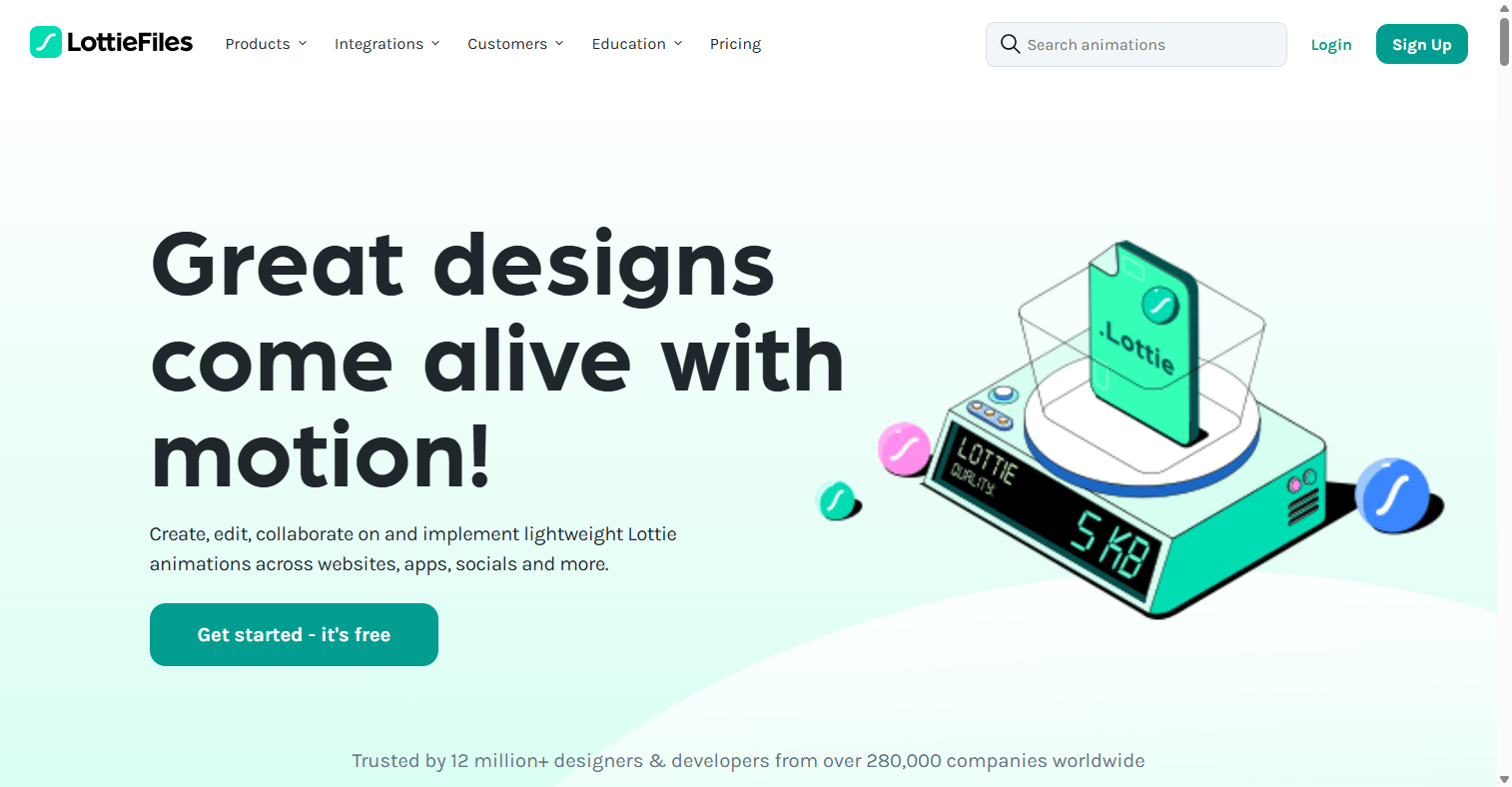|
“In an uncertain world, the learners will win. “
— Amy Edmondson
What a week it was in Washington, D.C.! Four days surrounded by L&D friends, old and new. The highlight? Our book completely SOLD OUT at the ATD bookstore! 🎉
Watching "Think Like a Marketer, Train Like an L&D Pro" fly off those shelves was incredible. The official launch is May 27th, and if ATD25 is any indicator, we're onto something the L&D world has been waiting for.
Now, I'm very ready for a big nap.
Thanks for reading!
|
|
|
sponsored
Is your corporate knowledge scattered across multiple platforms, generating confusion and slowing growth?
This free guide shows you exactly how to build a centralized knowledge base that removes information silos, fuels productivity, and improves customer service. You’ll get expert tips and practical steps to turn your company's know-how into your biggest competitive advantage.
|
|
|
📰 News & Notes
All Senses Light Up the Same Brain Hubs During Focused Attention
The Rundown: A Yale-led study found that when people intensely focus on any sense—sight, sound, taste, or touch—the same deep brain regions activate: the midbrain reticular formation and central thalamus. This suggests a shared neural pathway for attention and consciousness.
The Context:
- Researchers analyzed fMRI data from over 1,500 adults performing tasks involving different senses.
- Regardless of the sensory input, sharp focus triggered activity in the same subcortical areas.
- These regions are known to regulate alertness and awareness.
Why it Matters: For L&D professionals and instructional designers, this insight underscores the importance of engaging learners' attention. Designing content that prompts sudden shifts in focus across various senses could enhance engagement and information retention. Understanding these shared brain mechanisms can inform the development of more effective, multisensory learning experiences.
|
|
|
The Medium Is NOT the Message
The Rundown: A recent study by Jensen et al. reveals that eighth-grade students comprehend texts better when reading on paper compared to screens. Despite students' perceptions, digital reading may impair understanding.
The Context:
- Ten Norwegian students read matched texts on paper and screens, with eye-tracking and interviews conducted.
- Students scored higher on paper (55/70 correct answers) than on screens (44/70), indicating a significant comprehension gap.
- Eye-tracking showed more frequent back-and-forth movements on screens, suggesting superficial processing.
- Students were unaware of their decreased performance on screens, highlighting a metacognitive deficit.
- Preferences leaned toward digital reading for convenience, yet this did not align with better comprehension.
Why it Matters:
For L&D professionals and instructional designers, this study underscores the importance of medium selection in learning materials. While digital tools offer convenience, they may not always support deep comprehension. Awareness of how different mediums affect learning can guide more effective instructional design choices.
|
|
|
Looking Beyond the Hype: Understanding the Effects of AI on Learning
The Rundown: A 2025 review challenges the hype around AI in education, offering a practical model—ISAR—to guide effective use. It argues that AI's success hinges not on the tech itself, but on how it's used to support deep learning.
The Context:
- ISAR model maps AI’s learning effects: Inversion (harms), Substitution (neutral), Augmentation (boosts), and Redefinition (transforms).
- AI can undermine learning when overused or poorly integrated (inversion).
- AI can match human teaching in some contexts (substitution), or enhance learning with feedback/scaffolding (augmentation).
- It truly shines when used to redefine tasks—enabling inquiry, simulation, or collaborative learning not otherwise possible.
- Success depends on learner/teacher AI literacy, instructional design, and context (e.g., infrastructure, motivation).
Why it Matters: For L&D pros and instructional designers, this model offers a framework to move past shiny tools and focus on meaningful design. Don’t just adopt AI—ask what it’s doing for cognition. Does it free up time? Deepen thinking? Or just automate busywork? The future of AI in learning depends on your answers.
|
|
|
sponsored
Reason to smile #147: Better, faster eLearning!
L&D pros: Are you facing tight deadlines and constant pressure to create truly engaging training experiences?
JoySuite’s AI Knowledge Assistant can help you create interactive scenarios or captivating content in minutes! Learn how Joy can help.
|
|
|
🧰 Tech Tools & Tips
If tools are your jam, check out my Work Smarter newsletter.

Speak Pipe
SpeakPipe lets you to receive voice messages directly from your audience
|
|

Lottie Files
Download Free lightweight animations for websites, presentations, apps, etc.
|
|
|
|
🎧 Podcast of the Week
This is the conversation that caught my ear this week. Check out previous episodes in the Friday Finds podcast playlist.
If You're Not Hooking Viewers in 5 Seconds...You've Already Lost Them
You only have five seconds to hook your audience before their attention is lost. Learn how to craft powerful hooks and avoid common mistakes to ensure your video stands out.
|
|

|
|
|
|
🧳 Where’s Mike?
- iSpring Days, May 29, Online
- Think Like a Marketer: Steal These Strategies for L&D Success June 4, Online
- TechSmith 'AI Creation for Human Impact: L + D Must Knows' June 5
- Canadian eLearning Conference, June 12-13, Toronto, Canada
- ATD Core 4, September 29 - October 1 , Orlando, FL
- Cincinnati ATD, October 8, Cincinnati, OH
- DevLearn, November 12-14, Las Vegas, NV
If you or your event needs a speaker or workshop that is highly interactive and super practical, we should talk.
|
|
|
Like this newsletter? Share it with someone you love. Don’t like it? Share it with someone you don’t!
Friday Finds is an independent publication that I produce in my free time. You can support my work by sharing it with the world, booking an advertising spot, or buying me a coffee.
|
|
|